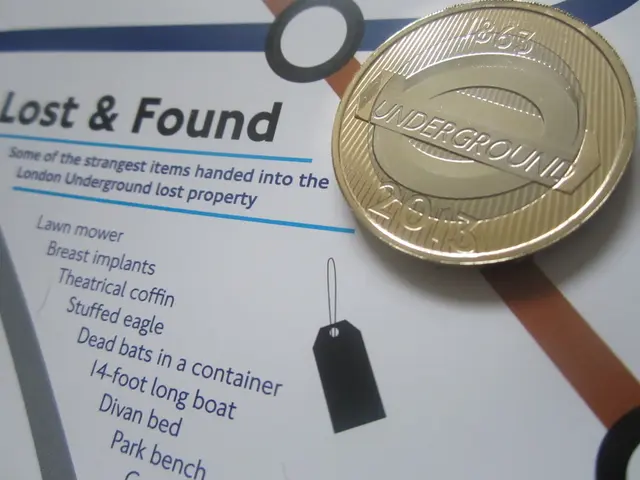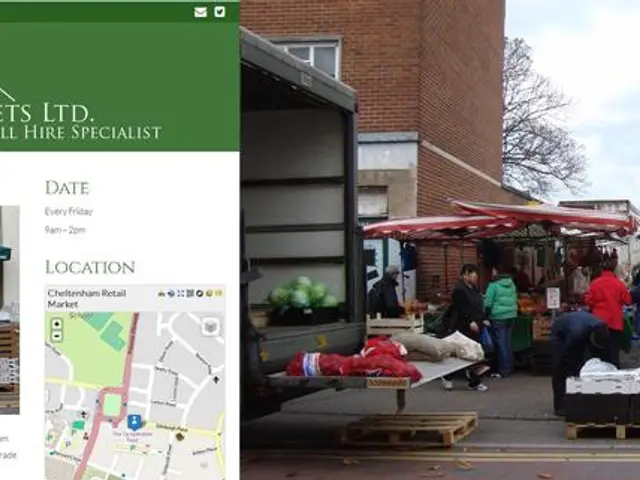Crafting an Engaging SOC (Security Operations Center) Storyline for High-level Leadership
In today's digital landscape, the role of Security Operations Centres (SOCs) in safeguarding business assets has never been more critical. According to Pete Shoard, Vice President at Gartner and a VP analyst on their Cybersecurity Threat Detection & Response team, effective communication of the value and impact of SOCs to executives is crucial.
A well-crafted SOC metrics catalog serves as a powerful tool for demonstrating and enriching the SOC's contribution to an organisation's overall success. Useful operations-level metrics in a report may include the percentage that monitoring tools protect critical data sources, progress in decreasing false positive rates, and trends in the volume of detected cyber incidents.
However, for these metrics to resonate with executives, they must be aligned with the organisation's goals and mission-critical objectives. Metrics should be framed in the context of potential or actual financial impact, time efficiency, and strategic risk management.
First-tier findings speak directly to a business-facing objective, such as reducing a business risk. For instance, highlighting how the security posture defended against headline-making incidents that have attracted media attention can capture executive interest. Second-tier metrics are usually made up of outcome-driven metrics (ODMs) that describe progress toward a protection-level agreement.
Emphasizing cybersecurity's role in business resilience helps translate the role of the SOC for executives. It's crucial to articulate the SOC's goal of protecting business assets in terms of maintaining competitive advantage, driving operational efficiency, and reducing financial losses.
Pete Shoard emphasises the importance of multitier metrics, which combines both technical and strategic findings that provide context for the business side. A better approach is this method, which offers a comprehensive view of the SOC's performance and its impact on the organisation's success.
Executives are more concerned with how security incidents could affect the company's financial health, reputation, and operational capabilities. Therefore, it's essential to communicate the SOC's role in mitigating these risks and ensuring business continuity.
Effective metric alignment requires a nuanced understanding of both technical security operations and the organisation's strategic objectives. To ensure that security operations metrics are meaningful to executives, they must be presented in a clear, simple manner, such as through the use of illustrations or graphs that help create a short, concise business-centric narrative.
For more insights and analysis into the latest research and advice for security and risk management leaders, follow news and updates from the conferences using #GartnerSEC. The Gartner Security & Risk Management Summit is taking place June 9-11 in National Harbor, Md. This event offers a valuable opportunity for professionals to network, learn, and discuss the latest trends and best practices in cybersecurity.
Read also:
- Understanding Hemorrhagic Gastroenteritis: Key Facts
- Stopping Osteoporosis Treatment: Timeline Considerations
- Trump's Policies: Tariffs, AI, Surveillance, and Possible Martial Law
- Expanded Community Health Involvement by CK Birla Hospitals, Jaipur, Maintained Through Consistent Outreach Programs Across Rajasthan








